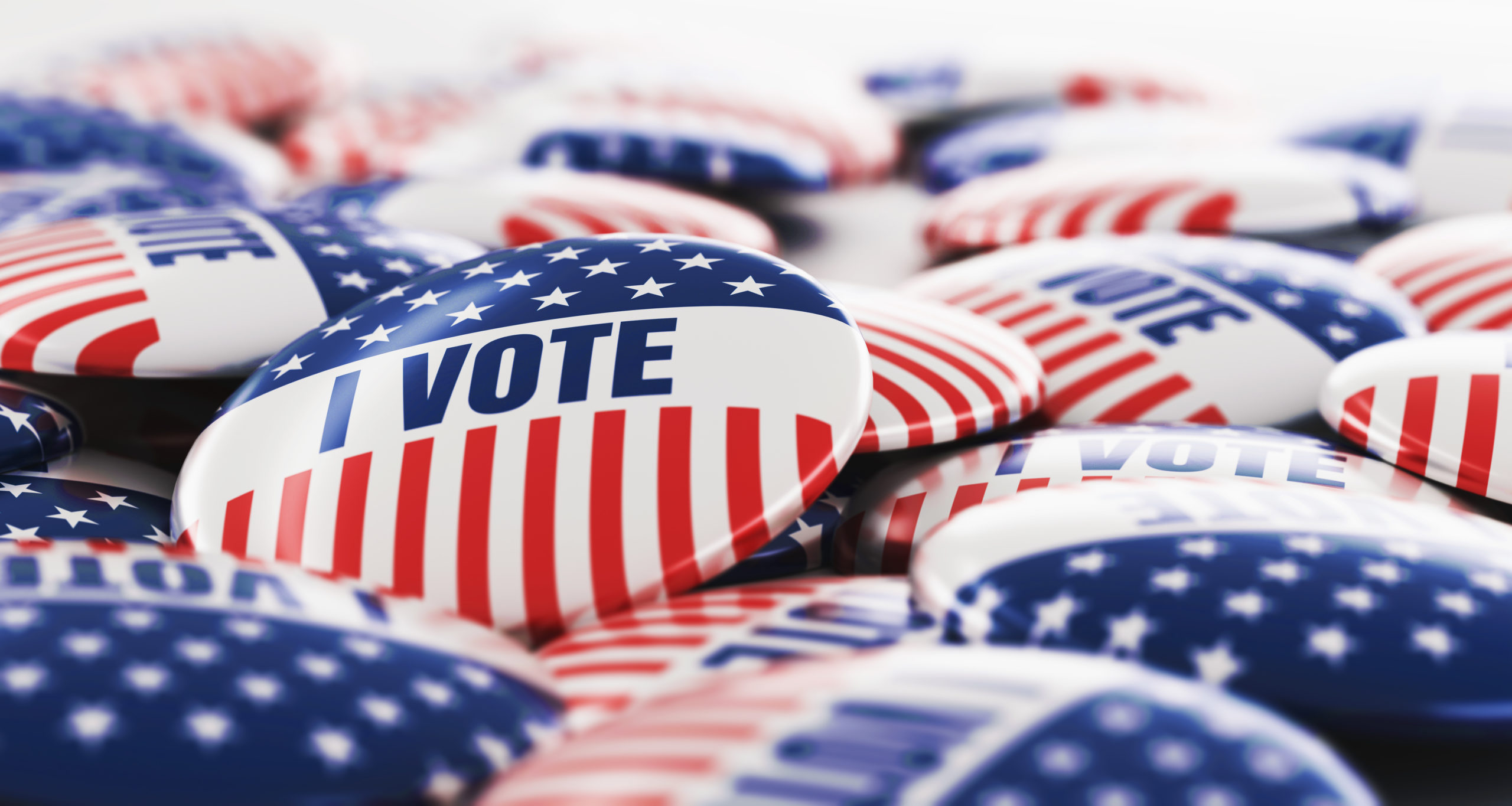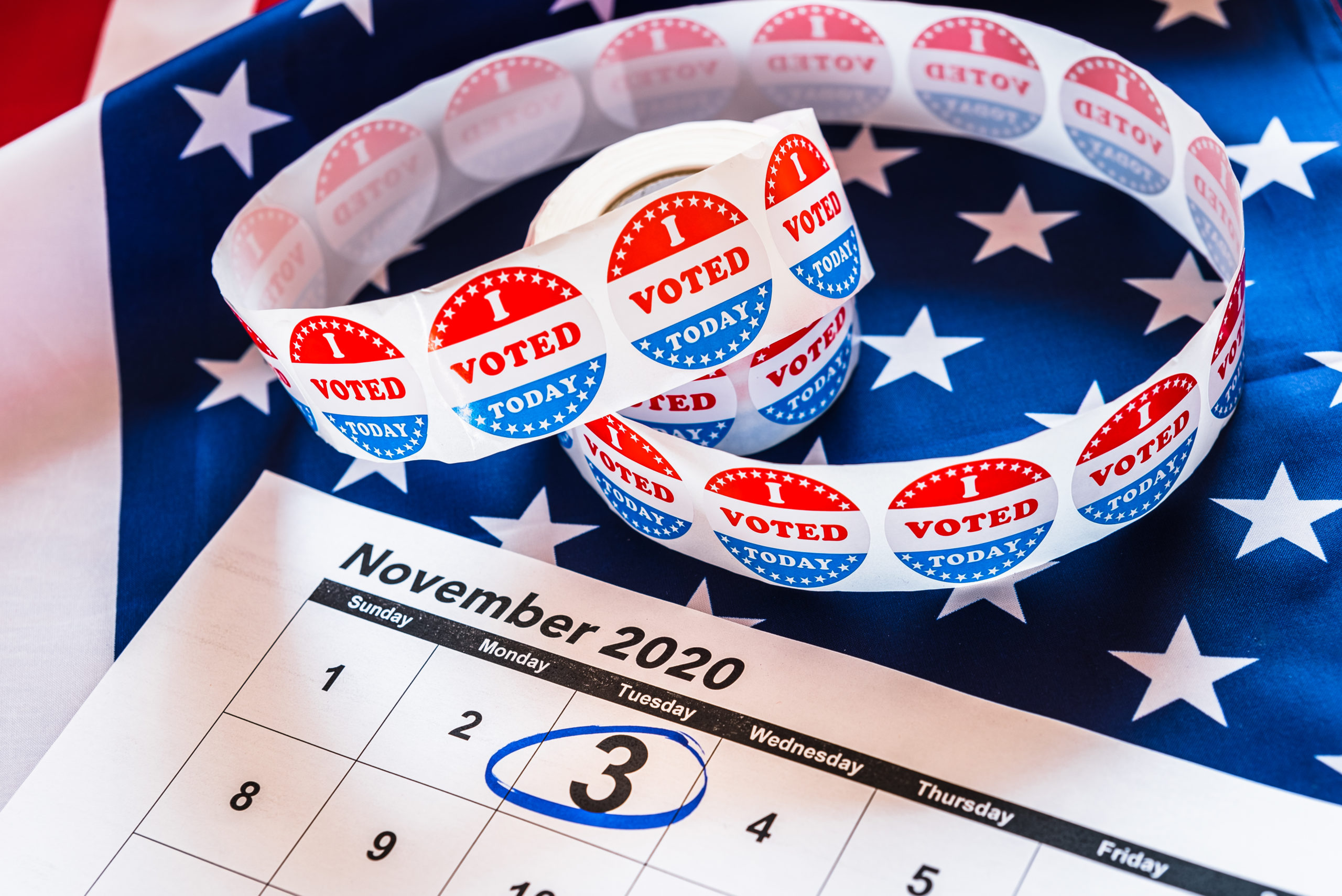It is a well-known fact that Christmas is the holiday that drives the most retail sales. What most people are not aware of is the second biggest holiday retail day of the year is actually Valentine’s Day.
Couples, partners, friends, and family go crazy for Valentine’s Day. Whether it is jewelry for a partner or chocolates for your mom, Americans are shopping in February! We have a feeling, Valentine’s Day 2021 will lead to more spending than ever. This hypothesis is three-fold:
- More Quality Time Than Ever. While everyone is still staying home, many people have spent more time with their loved ones in the last 12 months than they have ever spent with them in a year period. In a turbulent year, we have leaned on our nearest and dearest more than ever and it is time to show our appreciation for them.
- No Dinner & Drinks. Secondly, people cannot go out for a fancy meal at a fancy restaurant to celebrate the day of love. So, people will turn to retail goods in lieu.
- Time to Browse. In other years, people were busy with the start of the New Year and many people were just busy all of the time. This year, everyone is stuck at home. We do not have plans between now and February 14th. People have more time to browse online for gifts this year and more time to buy.
Why Do You Need to Get Prepared Early?
We know it is still January, but Valentine’s day is just around the corner. If you are a brand, it is time to start preparing for this big shopping holiday. You only have a few weeks to get prepared for
How to Prepare?
eCommerce Ready
As expected, eCommerce is going to skyrocket this V-day, and January is the month you will need to make sure that you have everything in order to accommodate the increased spending and increased logistics (shipping, delivery, etc.) Is your website ready? Are you stocked after the Christmas holiday?
Gift Guides
Write your own gift guide or find websites that will write gift guides and get your products in the gift guide. Most people are all out of ideas for gifts come February, you need to put your product on a platter for them.
Invest in Digital Advertising.
Work out the last possible day that people can purchase from your site to safely receive the gift on time, and advertise the final shopping day online for people to receive their items. Instagram and Facebook ads can be very persuasive in this respect. If you are interested in following the marketing trends for this upcoming year, check out our blog what’s to come in 2021 here.
Website Analytics
While it may be too late to conduct a full market research project before the big day. You might want to start your rebrand or strategy research now for the next big holiday. In the meantime, you can analyze your website. Look at the traffic from this time last year. Where are your leads coming from? Optimize these sources this year, get even more leads from the same places while trying to increase traffic in other areas.
If you are interested in branding or advertising research for longer-term changes, reach out to Provoke Insights. This research could be complete by the next big holiday!
Check out some of our other blogs on marketing technique and market research:
- 2021 Marketing Trends
- Thinking about Conducting Market Research? Here’s a Checklist
- Market Research Company vs. DIY Research
Thinking about conducting market research? Provoke Insights is a full-service market research company headquartered in New York. Check us out.
IF YOU WANT TO, SIGN UP FOR OUR NEWSLETTERS HERE!
and finally, follow our social media accounts:
Twitter: https://twitter.com/provokeinsights
Facebook: https://www.facebook.com/provokeinsights/
LinkedIn: https://www.linkedin.com/company/provoke-insights


















